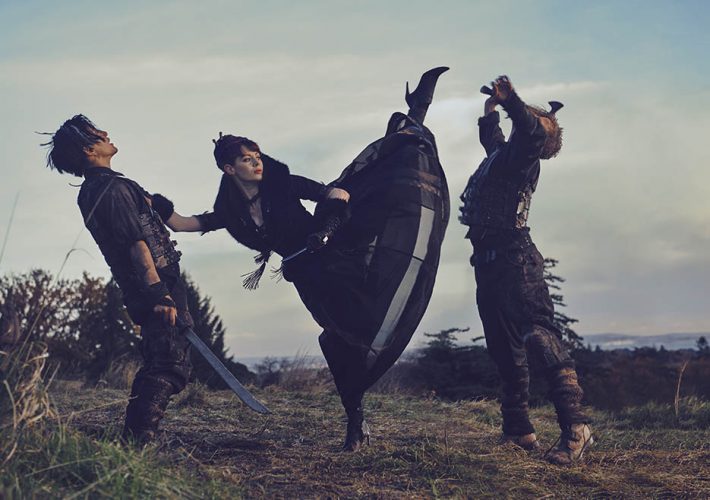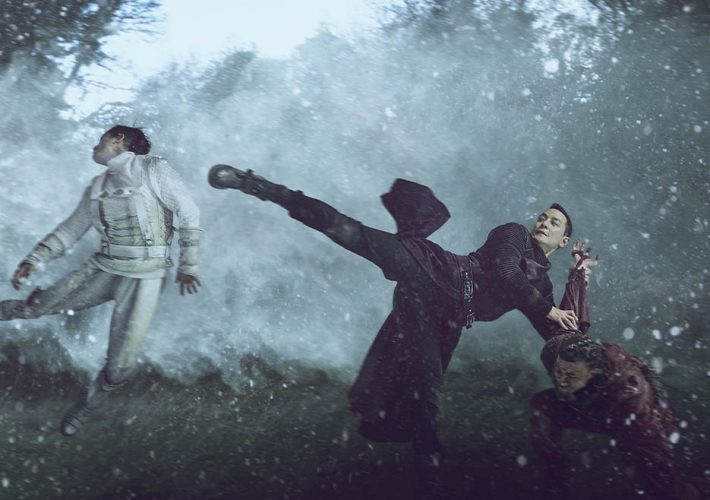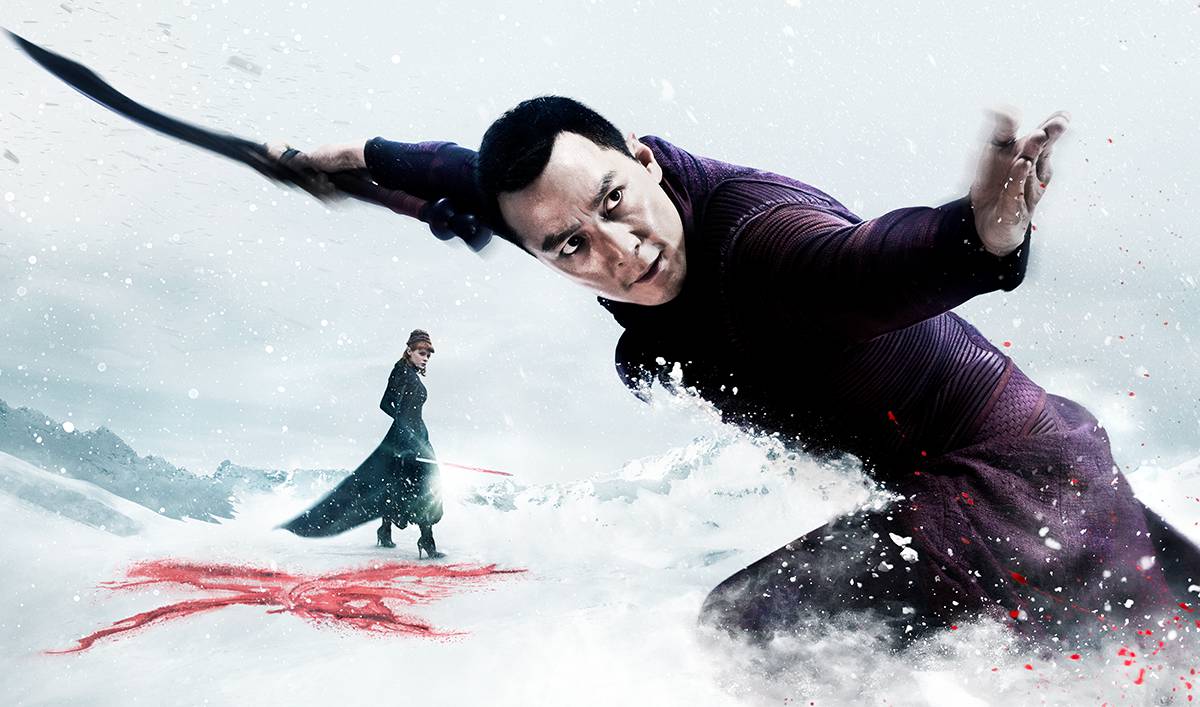This year we have witnessed the conclusion of numerous sci-fi and fantasy epics, from Game of Thrones to the Marvel cinematic universe. However, one has gone largely unremarked, despite being one of the most original pieces of television in recent years. This was Into the Badlands.
Into the Badlands is best described as a post-apocalyptic martial-arts drama, which in itself is unique. The series followed the adventures of Sunny, a regent for the barons, as he began to question their authority and strived to leave his violent past behind him.
The setting was never specified, although we see long-ruined cities and the detritus of our former society can be seen. The society has since become a form of feudalism, where workers – called “cogs” – are owned and nominally protected by Barons, who have their laws enforced by “clippers”.
Unlike many other post-apocalyptic shows, this society has outlawed all firearms (although they use crossbows and bow and arrows), meaning that people now use swords and daggers. Yet, despite this technological restriction on weapons, people still use the precious few remaining cars and motorbikes for transport, as well as electricity.

It could be said that Into the Badlands draws parallels with the Warring States period of China, due to the various Barons vying for dominance. The barons each had their own distinctive style. The Widow, for example, frequently used clippers who wielded throwing stars in the shape of butterflies, whilst the clippers of Jacobee used pick axes instead of swords to indicate their Baron’s control of the mines.
These are similarities with historical plantations in deep-south America, where the first season was first filmed. Plantation owners had slaves do their work, with their own enforcers to ensure none escaped.
Underpinning the society of Into The Badlands the mythical city of Azra, rumoured to be a paradise on Earth, and a mystical “gift”, the bearers of which become unstoppable engines of destruction. This gift allowed the series to narratively justify the amazing wire-work in the series, that harkened back to classic wuxia films. As the series continued, the writers began to explore what the gift was and its links to Azra, as well as what it symbolised.
It should come as no surprise that the creators of Into the Badlands have admitted that they were inspired by the classic Chinese tale Journey to the West, which tells of the adventures of the Monkey King. Indeed, some of the principal characters from Into the Badlands share names with those in Journey to the West.

Sunny was played by Daniel Wu, who, as well as being an accomplished actor, is also an experienced martial artist. It is for this reason that the choreography simply shines. Whilst other shows need to rely on stunt-doubles (something the Marvel-Netflix shows were particularly guilty of), Into the Badlands used a trained cast. This allowed them to be more creative and ingenious with their choreography, and created some truly amazing fight scenes.
Into the Badlands was frequently compared with the Marvel/Netflix series Iron Fist, as both were embedded within the fantasy/martial arts genre, but that is where the similarities end. As well as the different settings, whilst Ironfist used snap-cuts, hoods and dim lighting to hide the stunt doubles, Into the Badlands was able to rely on Wushu-trained actors and a highly trained stunt team for their fight scenes. This reliance on trained martial artists meant that the fight choreography and stunts were clearer and frequently relied on practical effects rather than digital manipulation.
Whilst Sunny was the lead role, it was The Widow – played by Emily Beecham – who was the undeniable star. The Widow sought to usurp the Barons’ tyranny from within. The fact that she was female was inconsequential when it came to fighting, with one of the greatest scenes of first season was where Sunny and The Widow finally confront each other.
Most of all, Into the Badlands was unique. In a time where shows are frequently generic, Into the Badlands was gloriously original and strove to be unlike any other, and in this it undeniably succeeded.
Into the Badlands proved that not every series needs to be derivative of what has gone before, and that there is room for shows that wish to be experimental and to break new ground. If that is the legacy that Into the Badlands leaves us with, and it inspires new shows to do the same, then it is one that we can at least live with.



